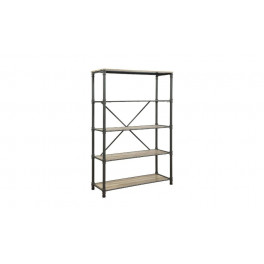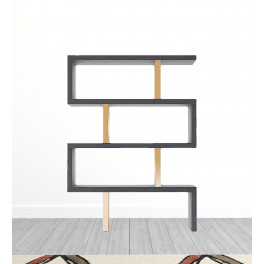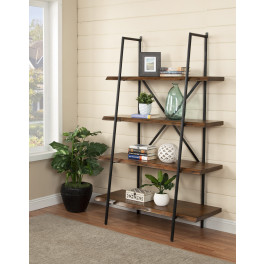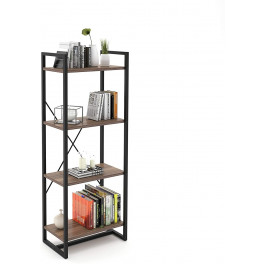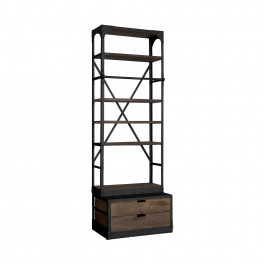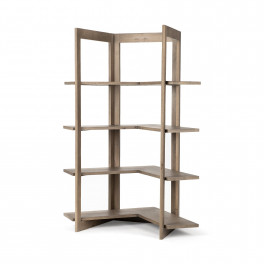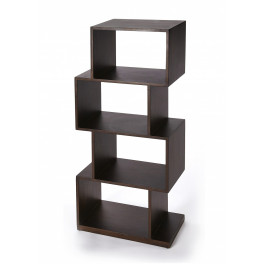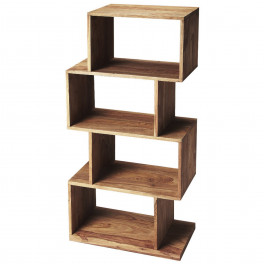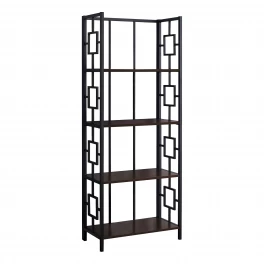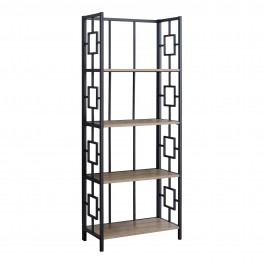What type of wood is used for furniture? It’s a question we hear a lot here at House Tipster, but it comes with a loaded answer.
Naturally, there are dozens of different types of wood, and their uses vary greatly. There are hardwood and softwoods, highly grained woods and more neutral, plain ones. The type of wood used in furniture making depends on many factors, such as the use of the furniture, weight capacity, how/if the wood is visible, etc.
Are you looking to get into furniture or home décor-making? Do you want to purchase some wood furniture? If you answered “yes” to either of these questions, it’s time to learn more about wood.
Hardwood vs. Softwood
First Things First
Let ’s break down wood density. You may have heard the terms “hardwood” or “softwood” a time or two, but what do they mean? And, more importantly, which is better for furniture?
Bear with me as we harken back to third grade for a moment.
Hardwoods actually come from deciduous trees (the ones with leaves that fall off every autumn) while softwoods are from evergreen trees (those that keep their needles all year long). While this may not seem like a big deal, it’s. That’s because deciduous trees take quite a bit longer to grow than their evergreen friends. This slow growth results in a stronger, harder, denser wood.
You May be Thinking
“Well, of course, I want hardwood for my furniture! After all, it’s stronger and likely more durable.” That’s true, but there are some cases when softwoods are better for furniture. We’ll touch on those in a bit.
Some types of hardwood include maple, cherry, oak, elm, and beech woods. Common types of softwood include pine, cedar, and spruce.
The Best Wood Types for Furniture Making
What are the best wood types for furniture making? Here’s a breakdown:
Hardwoods
- Maple

Photo by Artazum on Shutterstock
People like maple because it has a very fine, straight grain. Most maple is very soft and easy to work with. Some furniture makers prefer maple over other hardwoods.
- Birch

Photo by Artazum on Shutterstock
Lightly grained and strong, this hardwood varies in color from red to yellow, but the result is always beautiful.
- Elm

Photo by cozyta on Shutterstock
Although it has a great grain, elm is fairly hard to manage. Most furniture made with elm is produced by an expert woodworker.
- Oak

Photo by Jodie Johnson on Shutterstock
A popular choice for the past three decades, oak never seems to go out of style. White oak is preferred by woodworkers over red oak because it’s more readily available. Oak can be used on furniture meant for the indoors and outdoors. It’s also great as a wall-cover, such as wainscoting.
- Cherry

Photo by pics721 on Shutterstock
Remember the saying, “It gets better with age.” Well, that pretty much sums up cherry wood. It’s on the softer side of the hardwood scale, but that means it carves extremely well. Cherry is ideal for cabinets and tables.
Softwoods
- Fir

Photo by Raul Topan on Shutterstock
It’s available virtually everywhere, but it’s not necessarily the prettiest wood out there. If you plan to work with fir wood, plan on staining, painting, or covering it with upholstery.
- Pine

Photo by Artazum on Shutterstock
In some regions of the U.S., pine is everywhere. It’s easy to mold and shape and has distinct knotting and grains.
- Cedar

Photo by Gordon Swanson on Shutterstock
Cedar has a distinct smell and grain. It’s on the sturdier side of the scale compared to other softwoods. It’s especially useful when creating outdoor furniture like chairs, tables, and child’s playsets.
- Spruce

Photo by jan1982 on Shutterstock
Spruce is plentiful, especially in the northern areas and it handles similarly to pine. The only difference is that it contains higher levels of sap and pitch, which can be a pain during the process of manufacturing the furniture.
Where to Buy Wood for Furniture-Making and Next Steps
Now that you have a better idea of what woods to choose for your furniture, it’s time to get particular. Remember, density is important, but so are looks.
First, narrow down a list of two or three kinds of wood you’re interested in working with, and then go to your local hardware or woodworking store. If you don’t know where to buy wood for furniture making, try a local Google search.
As you’re browsing at the store, take a look at their coloring and grain of your favorite woods. Touch, lift and try to imagine the wood as a table, a chair, or whatever else you plan to buy or make.
Then, take pictures of different types of wood you’re interested in working with to ensure they’ll match with your current décor and design aesthetic.
What type of wood is best for furniture, you ask? It all boils down to personal choice!




